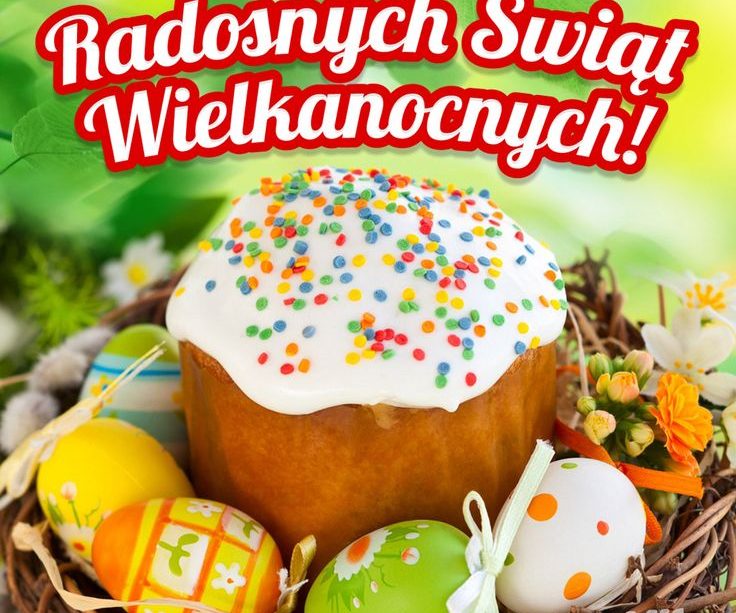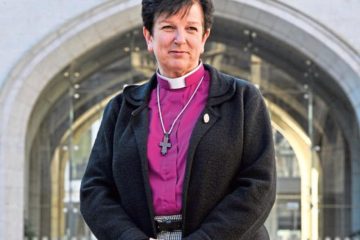Wesolych Swiat Wielkanocnych: Celebrating Easter in Poland

Introduction
Wesolych Swiat Wielkanocnych, which translates to ‘Happy Easter’, is a rather significant celebration in Poland and within Polish communities worldwide. Easter is a time of renewal and joy, embodying the spirit of spring as well as commemorating the resurrection of Jesus Christ. The customs associated with Wesolych Swiat Wielkanocnych are deeply rooted in tradition and reflect the cultural identity of Polish society.
Traditions and Customs
Polish Easter traditions are rich and varied, marked by both religious observance and festive celebration. One of the most cherished customs is the decoration of the Easter basket, known as “święconka,” which contains food such as eggs, ham, bread, and salt. This basket is taken to church on Holy Saturday for a special blessing. The blessed food is then shared among family and friends on Easter Sunday.
Another defining moment of the Easter festivities in Poland occurs during the morning of Easter Sunday, when families gather for a special meal called “Śniadanie Wielkanocne”. This meal often features an array of traditional dishes, including egg dishes, hams, and sweet cakes known as “mazurki”.
Throughout the Easter season, another lively custom is the practice of “Śmigus-Dyngus” or Wet Monday. On this day, people throw water at each other as a playful gesture that symbolizes cleansing and renewal, a tradition that resonates with the joyous celebration of Easter.
Significance of Wesolych Swiat Wielkanocnych
The significance of Wesolych Swiat Wielkanocnych goes beyond mere tradition. It serves as a poignant reminder of faith, family, and togetherness. In a rapidly changing world, these customs help maintain a sense of cultural continuity, giving Polish people an opportunity to reconnect with their history and values.
In recent years, the celebrations have adapted to include more modern elements, whilst still retaining their essence. Online sharing of Easter recipes, virtual gatherings, and social media posts have become common, helping families and friends stay connected, especially in light of the ongoing challenges posed by the COVID-19 pandemic. This adaptability is indicative of Polish resilience and the enduring nature of their cultural practices.
Conclusion
As we approach the Easter season, Wesolych Swiat Wielkanocnych serves as a vital observance for many. Not only does it encapsulate the joy and hope of spring and rebirth, but it also reinforces family bonds and cultural heritage. With its unique blend of religious observance and joyful festivities, Wesolych Swiat Wielkanocnych continues to hold a cherished place in the hearts of Polish people around the globe. Encouraging new generations to embrace these traditions will ensure they endure, fostering a greater understanding of Polish culture and community in the years to come.









